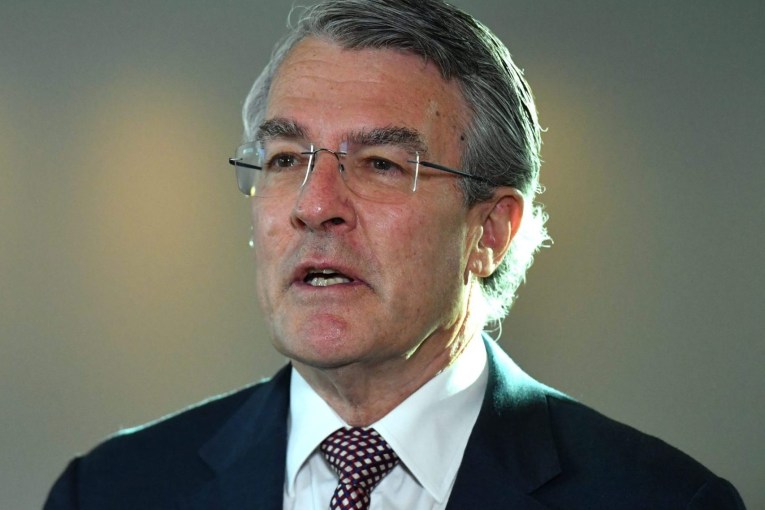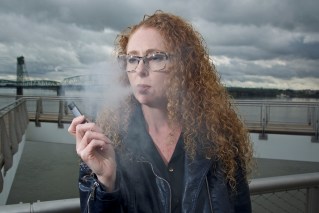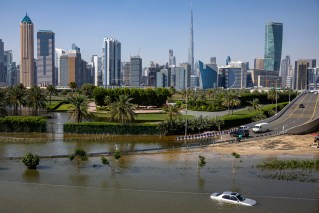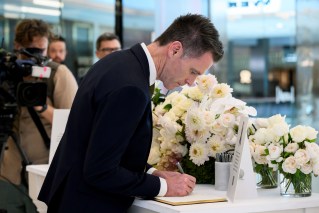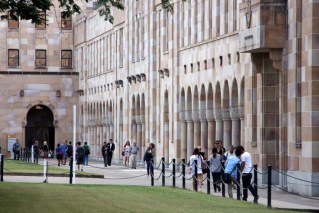Virus info: Do privacy concerns outweigh our need to know?
Many Australians want governments to start releasing specific locations of coronavirus cases, but doctors warn privacy could be breached.
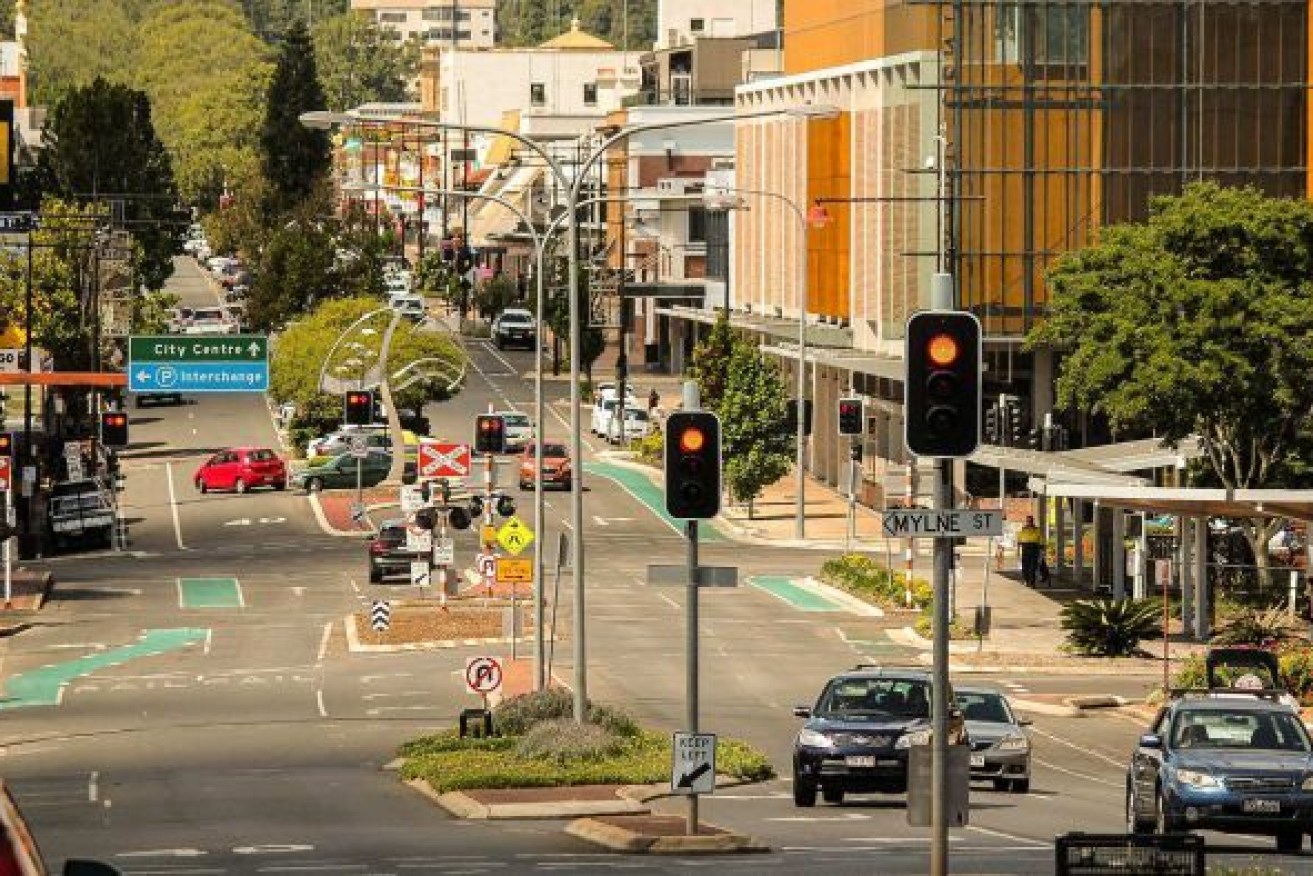
Some Toowoomba locals seek more specific information on where cases are located. Photo: ABC
If someone in your town or suburb tests positive for coronavirus would you want to be alerted by health authorities?
Most state and territory health departments only report COVID-19 cases by broad regions, such as northern Sydney or Central Queensland.
But many Australians, particularly those in regional and rural towns, say they want more detail, sparking fierce debate about whether locals have the right to know of cases near them.
Toowoomba regional councillor Nancy Sommerfield said rumours thrived when there was little information to go on.
“Local gossip can be a bit like Chinese whispers, so that can actually cause more harm than good,” she said.
Sommerfield said more specific information on the location of new cases was needed.
“We need our health people to come out and be quite clear in their messaging, identifying exactly what towns or communities these cases are in,” she said.
“If you know there’s a case in your backyard you’re more diligent in what you do.
“You’re much more cautious and you’re worried, which is what we want everyone to do.
“We want people to worry, we want people to be cautious.”
Broad approach
When someone tests positive to COVID-19 the public is alerted as to which local government area or broad region the patient lives.
For example, New South Wales residents might be told there has been a confirmed case in western Sydney or the Far West.
In Western Australia, the Perth metropolitan area or the Kimberley region might be identified.
Occasionally, a specific location like Adelaide airport or a nursing home is singled out as health authorities try to conduct contact tracing on a confirmed case.
But there is no consistent approach nationally and, in some areas, local health authorities are releasing their own more detailed information.
Bundaberg pharmacist Adam Harradine said locals in his town, four hours north of Brisbane, are demanding more information.
“People want to know. [They say] ‘Adam, have you heard this? Can you confirm how many extra cases?’” he said.
“We’re not in any position where we’re getting much more detailed information, if at all, than what’s been released.
“So certainly releasing it by town would be a little bit better.”
Local Facebook pages all over the country have been rife with people speculating and calling for more information on where exactly coronavirus cases are appearing.
Harradine said more information could be the solution.
“If we had a little bit more surety on numbers I think a lot of the Facebook chatter and speculation will calm down a bit and people will be more … comforted by it, by some solid facts,” he said.
The risk of specifics
Paul Carter is a recently retired GP from a small town north of Melbourne.
“I think that everybody’s behaviour should be as though the next door neighbour was a case,” he said.
“I think that if we are too specific about where cases are it would allow other areas to become, perhaps, sloppy in their approach.”
Carter said it was understandable for state and territory health departments to report COVID-19 cases by broad regions to protect the privacy of patients.
And he is worried that if a different approach were taken, patient confidentiality might be at risk.
“If we brought the area of reporting down to, say, a particular small country town, whilst most people in the town would be extremely well behaved a small proportion would take it upon themselves to be detectives and find out exactly who was involved,” Carter said.
“I think that’s to be avoided at all costs.”
The Federal Government is expected to release a “heat map” shortly — showing the locations of virus infections by region.
It is a reporting method adopted by some other countries battling the coronavirus pandemic.
The challenging message
Infectious diseases epidemiologist and Professor at Curtin University, Archie Clements, said government approaches are currently correct and being more specific is not that simple.
“It’s difficult to release that sort of information without clearly communicating the limitations of the data,” Clements said.
“That can be a very sophisticated and challenging message to put out.”
But Toowoomba’s Nancy Sommerfield insisted Australians have a right to be alerted of cases in their towns or suburbs.
She argued it can be done while maintaining privacy.
“It’s very easy for people to become blase after a period of time,” she said.
“I think if they’re hearing on the radio that there’s a case in a town they’re living in, they will continue with their diligence.”
– ABC / the national regional reporting team’s Rachel Carbonell and Caitlyn Gribbin
